Introduction:
Edgings for pavements come in all sorts of shapes, sizes and materials. The reasons for using an edging are manifold, but usually include one or more of the following...
- To restrain the paving, keeping it in place - as with block paving
- To create a step up or down between the paving and another surface
- To create 'check' that keeps traffic on the driveway
- To allow garden soil and/or turf to be kept separate from the paving
- To keep vegetation/weeds out of the paving
- Purely Decorative
Edgings can be broadly divided into one of four different classes...
- BS Edging Kerbs - as used for driveways, public footpaths, etc.
- Decorative Concrete Edgings - shaped and/or coloured for gardens, drives and patios
- Clay Tiles - naturally coloured and often decorative. For gardens, patios and driveways
- Other products - bits and bats of other stuff that doesn't fit in above
BS Edging Kerbs
Strictly speaking, these items should be classified along with road kerbs, as they are specified and described in the same British Standard and are laid in the same manner. The vast majority are manufactured from naturally-coloured (manufacturer-speak for plain, boring, concrete-grey) wet-pressed concrete, although some of the 'Round-Tops' are manufactured from cast, vibrated concrete and are not quite as tough as their wet-press cousins.
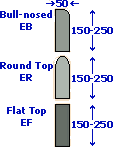
There are 3 basic profiles. The flat tops and the bull-nosed profiles are the most popular for use on public footpaths, while the round tops are more often seen on private tarmac driveways, often 'white-washed' with lime for some reason that escapes me. All need to be laid on a full concrete bed and haunched with concrete, as described on the Laying on Concrete page. All of these edgings are 50mm in width and 915mm (the old Imperial Yard) in length.

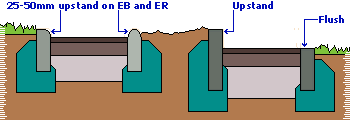
They come in three heights; 150mm, 200mm and 250mm. In most situations, the 150mm depth are adequate, although the 200mm versions are often specified when an upstand is required. The 250mm edgings are rarely used, their use being restricted to those situations where 100mm or so of upstand is required or there is a need to provide a deep root barrier.
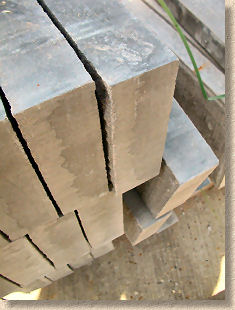
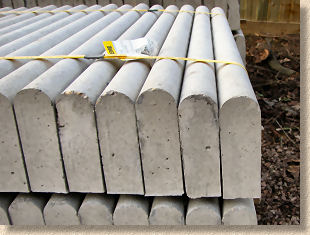
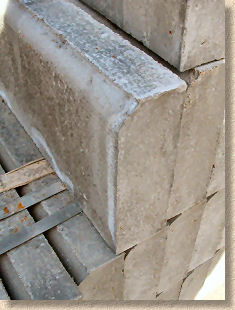
Decorative Concrete Edgings
There are dozens, scores, possibly hundreds of different decorative edgings that are on sale throughout Britain and Ireland. Some are pressed, most are cast, and many of them are only 600mm in length or even less, making them easier to handle for the diy'er and weekend gardener.
Although they should be laid on a concrete bed when used to restrain paving, if they are being used in a garden, with no vehicular loading, they could be laid directly on earth, or on a minimal bed of sand and cement.
The following is a gallery of the more popular decorative edgings available from most Builders' Merchants, DIY Sheds, or Garden Centres.
Concrete Reproductions:






Brick Copies:
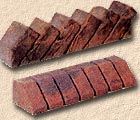
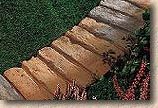

Stone Copies:

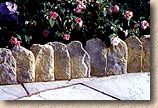

Decorative:



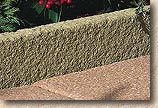
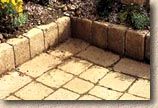
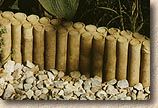
(M) = products manufactured by Marshalls - (B) = products manufactured by Bradstone
Clay Tiles and Kerbs
Tiles:
Clay edging tiles were popular from the mid 19th Century up until the mid 20th century, but nowadays, there are very few manufacturers and the main source of these charming items are the architectural salvage yards. Some of the more popular designs, such as the Rope Top (aka Barley Twist) are now replicated in concrete, but nothing can match the authenticity and period feel of the original glazed tiles.
They are usually 9" (225mm) in length, and 6" (150mm) deep, but there is a good deal of variation, in size, as well as in colour, finish and pattern. Some patterns are unique to a specific region - in some cases, to a particular town, as they were manufactured in local brick kilns and would not have been transported more than 10 or 20 miles.
Traditionally, they were used as simple path or garden bed edgings and would be laid directly into the soil, with more soil packed behind to hold them in place. Nowadays, they may be used as true retaining structures and when used to contain a driveway of patio, they should be laid on and haunched with a concrete. Use of a dry-mix concrete ensures they don't become irretrievably bonded to the concrete and can therefore be salvaged and re-used again at some future date.
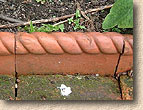
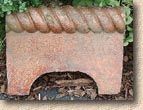
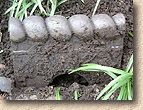
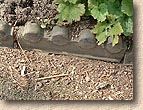
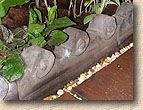
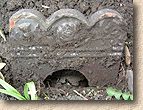
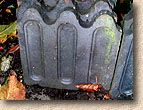
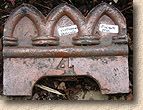
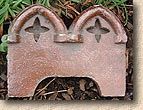
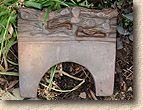
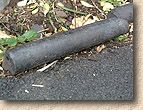
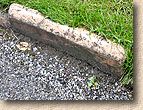
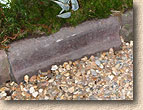
Kerbs:
Clay kerbs are a more modern product, although some do date back for 100 years or more. They have become more widely used with the growth in popularity of clay brick paving, which they are made to complement. Many of the modern clay kerbs are made to match or replicate BS kerb profiles , such as half-battered or bull-nosed, although there are a few original or unique designs still manufactured.
These items are typically laid onto a bed of concrete and haunched with same. Although they are sometimes laid butt-jointed, they often look better with a tooled mortar joint.
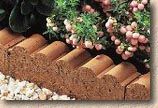
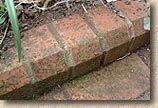
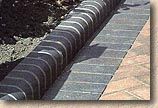
Other Edgings
All sorts of other items can be used as edgings, with varying degrees of success. The end use of the proposed edging will determine the suitability of any given product.
Some of the alternative edgings for block paving can be used quite successfully as garden, lawn or paving edgings, and a Sawtooth Edging is a simple and effective option for gardens and patios.
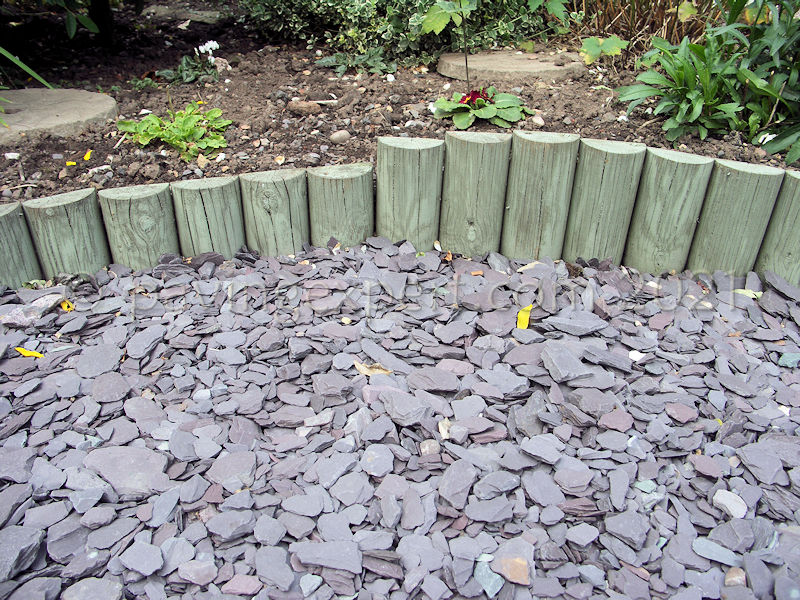
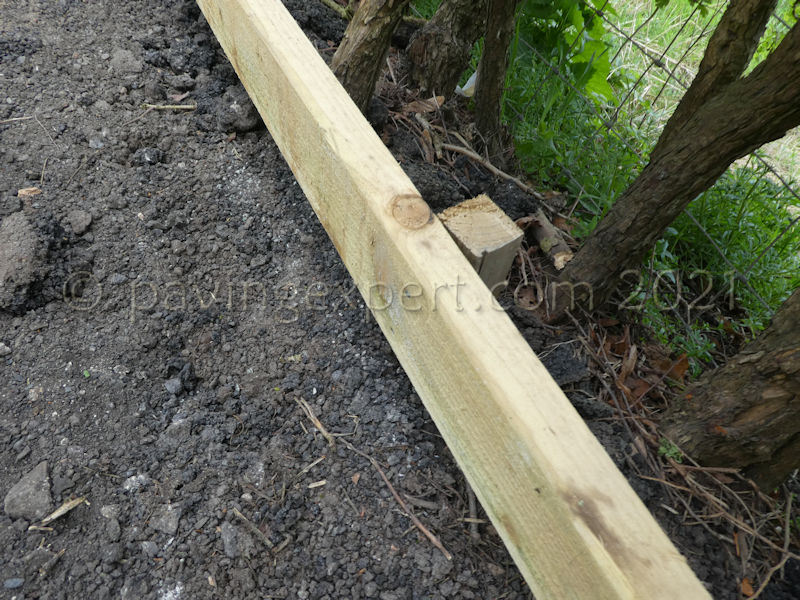
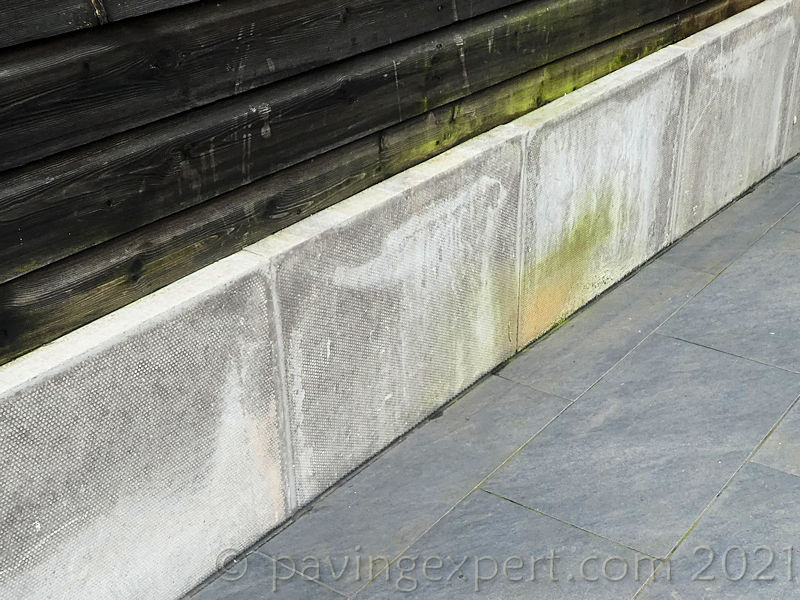
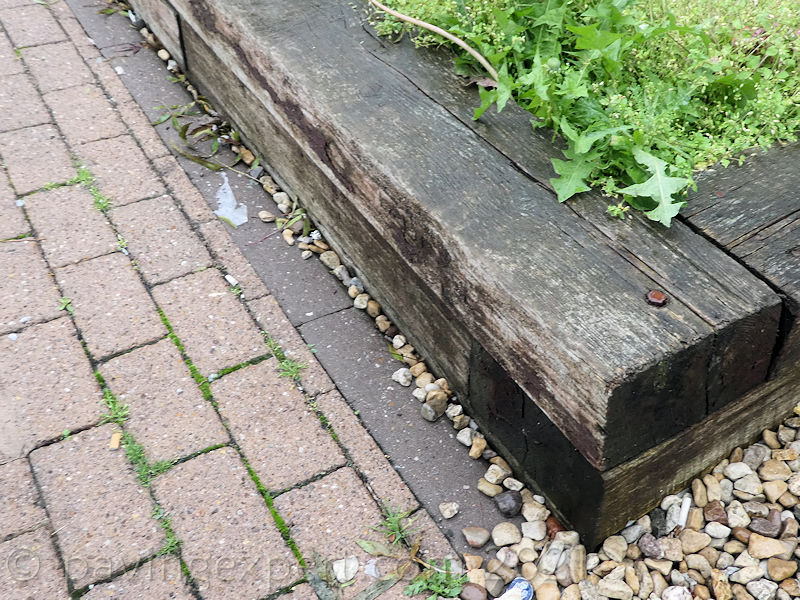
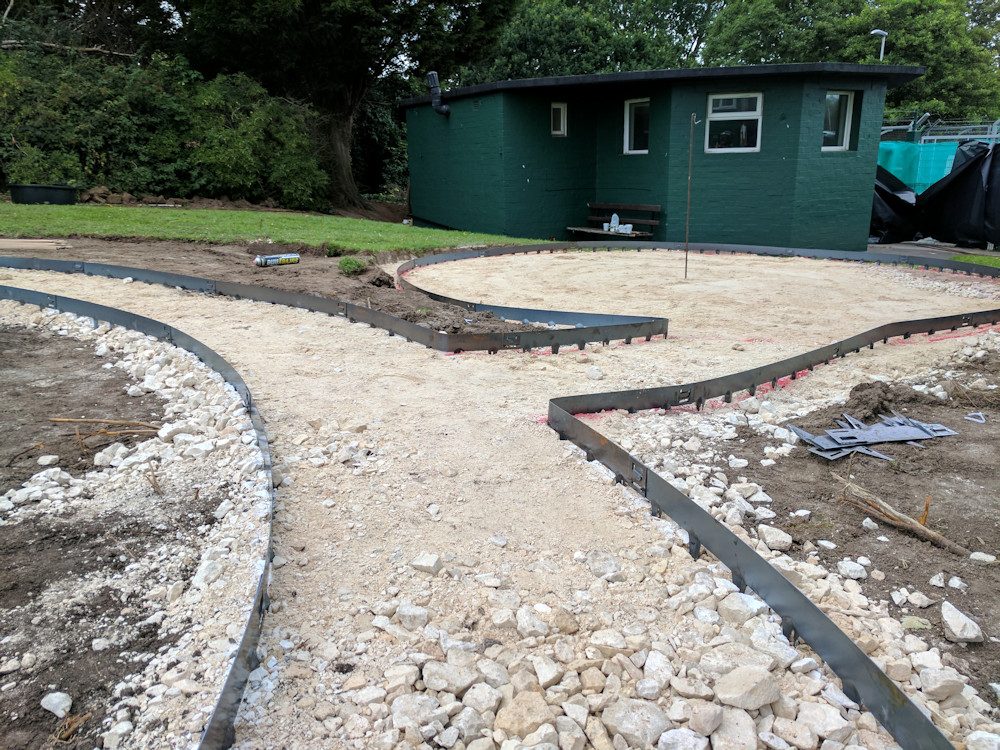
Steel edgings from Core LP used on a commercial project
Other Edgings & Kerbs Pages
